Activation function#
The following activation functions are implemented.
Linear#
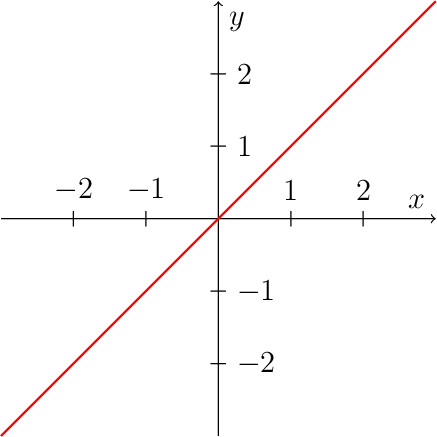
Activation function:
Derivative:
-
float uz_nn_activation_function_linear(float x)#
Linear activation function, f(x)=x.
- Parameters:
x –
- Returns:
float
-
float uz_nn_activation_function_linear_derivative(float x)#
Derivative of linear activation function, f’(x)=1.
- Parameters:
x –
- Returns:
float
ReLU#
Rectified linear unit
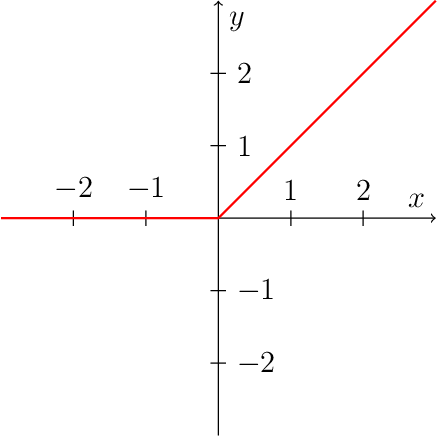
Activation function:
Derivative:
-
float uz_nn_activation_function_relu(float x)#
Rectified linear unit, returns 0 if x <= 0, otherwise x.
- Parameters:
x –
- Returns:
float
-
float uz_nn_activation_function_relu_derivative(float x)#
Derivative of rectified linear unit, returns 0 if x <= 0, otherwise 1.0.
- Parameters:
x –
- Returns:
float
Leaky ReLU#
Leaky Rectified linear unit
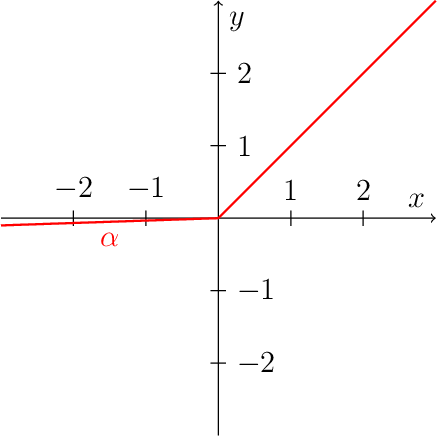
Activation function:
Derivative:
-
float uz_nn_activation_function_leaky_relu(float x, float alpha)#
Leaky rectified linear unit, returns alpha*x if x <=0, otherwise x.
- Parameters:
x –
alpha – Linear factor for x if x < 0. alpha has to be 1>alpha>0
- Returns:
float
-
float uz_nn_activation_function_leaky_relu_derivative(float x, float alpha)#
Derivative of leaky rectified linear unit, returns alpha if x <=0, otherwise 1.0.
- Parameters:
x –
alpha – Linear factor for x if x < 0. alpha has to be 1>alpha>0
- Returns:
float
Sigmoid logistic based on e-function#
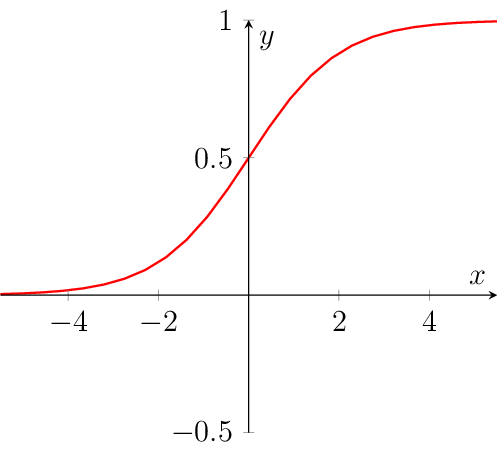
Calculates the logistic function (which is a special case of the sigmoid function). Calculation is based on the e-function.
Activation function ([1] page 76.):
Derivative ([1] page 76.):
-
float uz_nn_activation_function_sigmoid_logistic(float x)#
Calculates the sigmoid logistic function. Calculation based on e-function.
- Parameters:
x –
- Returns:
float
-
float uz_nn_activation_function_sigmoid_logistic_derivative(float x)#
Calculates the derivative of the sigmoid logistic function. Calculation based on e-function.
- Parameters:
x –
- Returns:
float
Sigmoid logistic based on tanh#
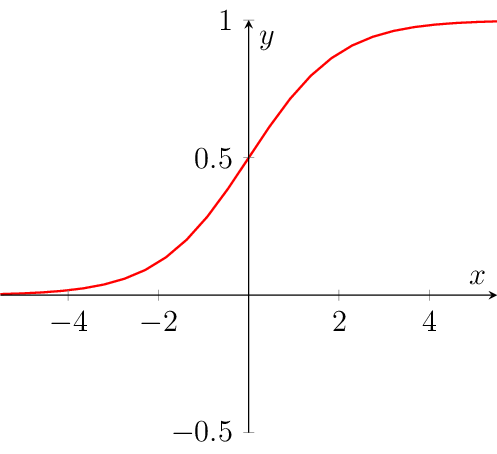
Calculates the logistic function (which is a special case of the sigmoid function). Calculation is based on the tanh-function.
Note
This function is slower than the version based on the e-function!
Activation function ([1] page 76.):
Derivative([1] page 76.):
-
float uz_nn_activation_function_sigmoid2_logistic(float x)#
Calculates the sigmoid logistic function. Calculation based on tanh.
- Parameters:
x –
- Returns:
float
-
float uz_nn_activation_function_sigmoid2_logistic_derivative(float x)#
Calculates the derivative of the sigmoid logistic function. Calculation based on tanh.
- Parameters:
x –
- Returns:
float
tanh#
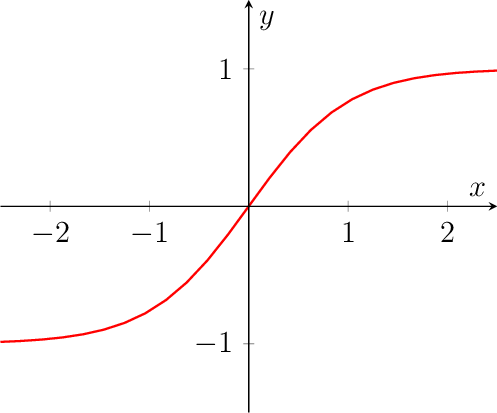
Calculates tanh activation function.
Activation ([1] page 76.):
Derivative ([1] page 76.):
-
float uz_nn_activation_function_tanh(float x)#
Calculates tanh activation function.
- Parameters:
x –
- Returns:
float
-
float uz_nn_activation_function_tanh_derivative(float x)#
Calculates the derivative of tanh.
- Parameters:
x –
- Returns:
float